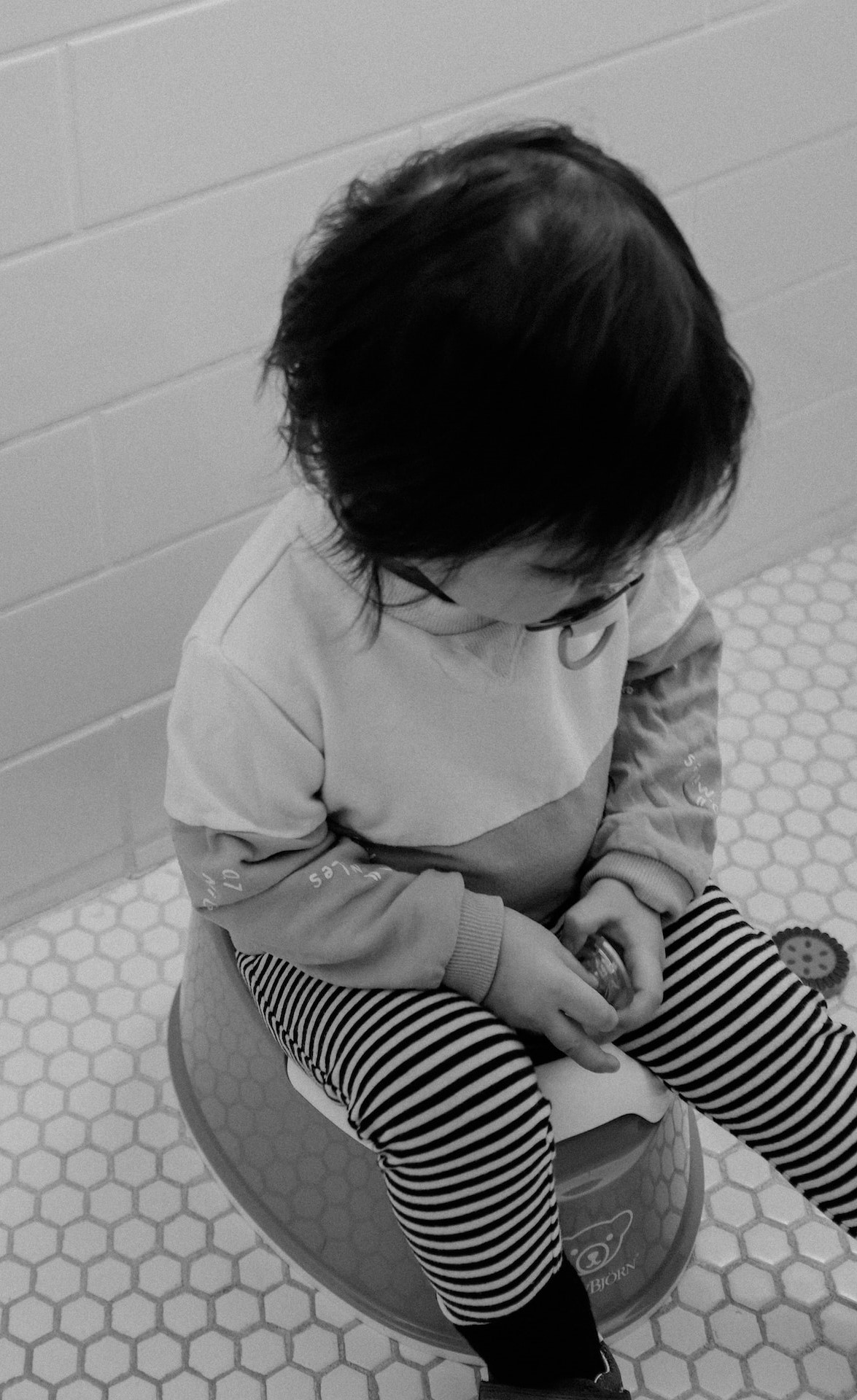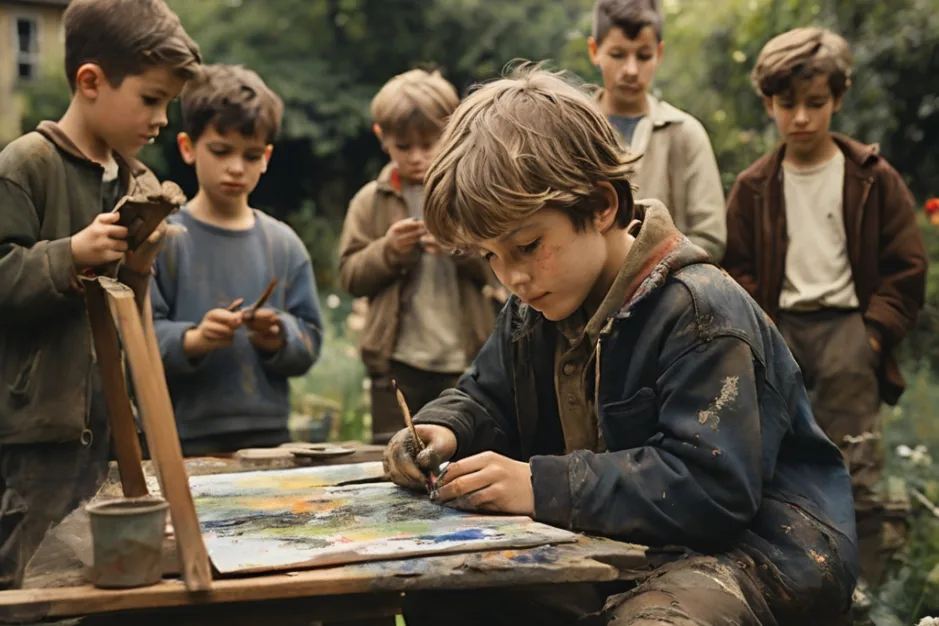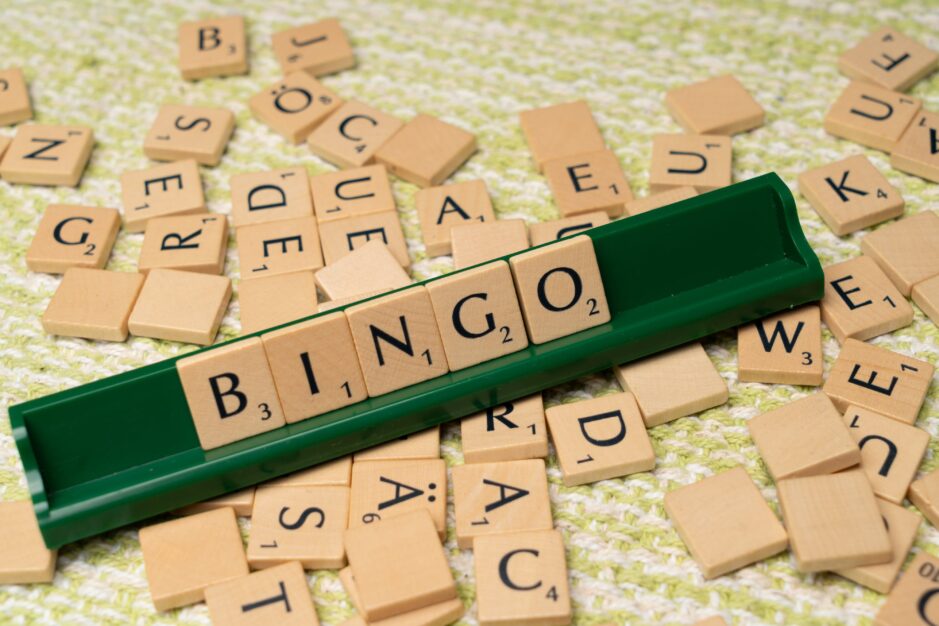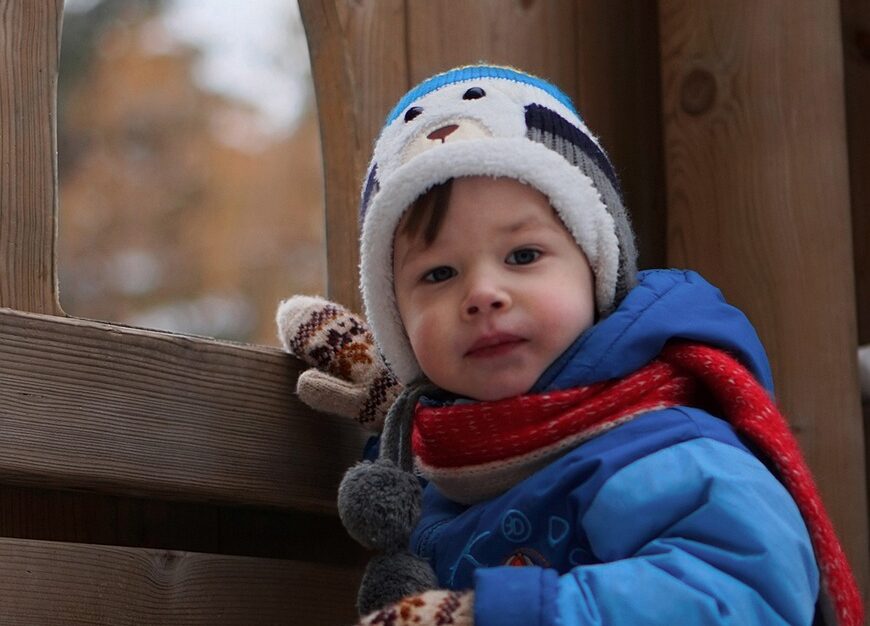Potty Training: A Step-by-Step Guide to Independence
Potty training can be an exciting yet daunting milestone for both toddlers and parents. While there’s no magic formula, understanding your child’s readiness and implementing patience, consistency, and positive reinforcement can pave the way for smooth sailing. Here’s a comprehensive guide to help you navigate this important journey
- Assessing Readiness:
Before diving in, ensure your toddler shows these signs of preparedness:
- Physical control: Can they hold their pee for at least an hour or two?
- Cognitive understanding: Do they recognize bodily urges and express them verbally or nonverbally?
- Interest and curiosity: Do they show an inclination towards toilets, potties, or grown-ups using the bathroom?
- Setting the Stage:
- Potty selection: Choose a colorful, kid-sized potty or a toilet seat adapter that feels comfortable and secure.
- Clothing matters: Opt for loose-fitting clothes that are easy to pull up and down.
- Location, location, location: Place the potty in a convenient, accessible spot like the bathroom or playroom.
- Books and toys: Make potty time fun with engaging books about toileting and toys for playtime on the potty.
- Initiating the Process:
- Start slow and gentle: Introduce the potty casually, letting your child explore and familiarize themselves without pressure.
- Schedule potty breaks: Offer regular opportunities to sit on the potty, especially after meals, naps, or waking up.
- Praise, praise, praise!: Celebrate every little success, whether it’s using the potty, trying, or even just showing interest.
- Accidents happen: Stay calm and avoid scolding. Help your child clean up and gently remind them to try again next time.
4. Tips and Tricks:
- Positive reinforcement: Stickers, charts, or small rewards can provide extra motivation.
- Make it a family affair: Involve siblings or other caregivers in the encouragement process.
- Nighttime dryness: Nighttime training typically takes longer. Use absorbent diapers or pull-ups initially and gradually transition to regular underwear.
- Regression is normal: Don’t be discouraged by occasional setbacks. Stay consistent and supportive, and progress will resume. Remember, every child is unique, and there’s no one-size-fits-all approach. Be patient, celebrate the small victories, and focus on making potty training a positive and rewarding experience for both you and your toddler. With love, encouragement, and the right tools, your little one will be proudly saying goodbye to diapers in no time.
Bonus Tips:
- Make handwashing a fun routine: Teach your child the importance of hygiene after using the potty.
- Be consistent with language: Use the same words for pee, poop, and potty throughout the process.
- Celebrate milestones: Make a big deal about graduating from diapers to underwear or transitioning to nighttime dryness.
- Most importantly, have fun!: Keep the mood light and playful, and remember that potty training is an adventure, not a chore.
With these tips and a good dose of patience, you and your toddler can conquer the potty training journey together!
Share








